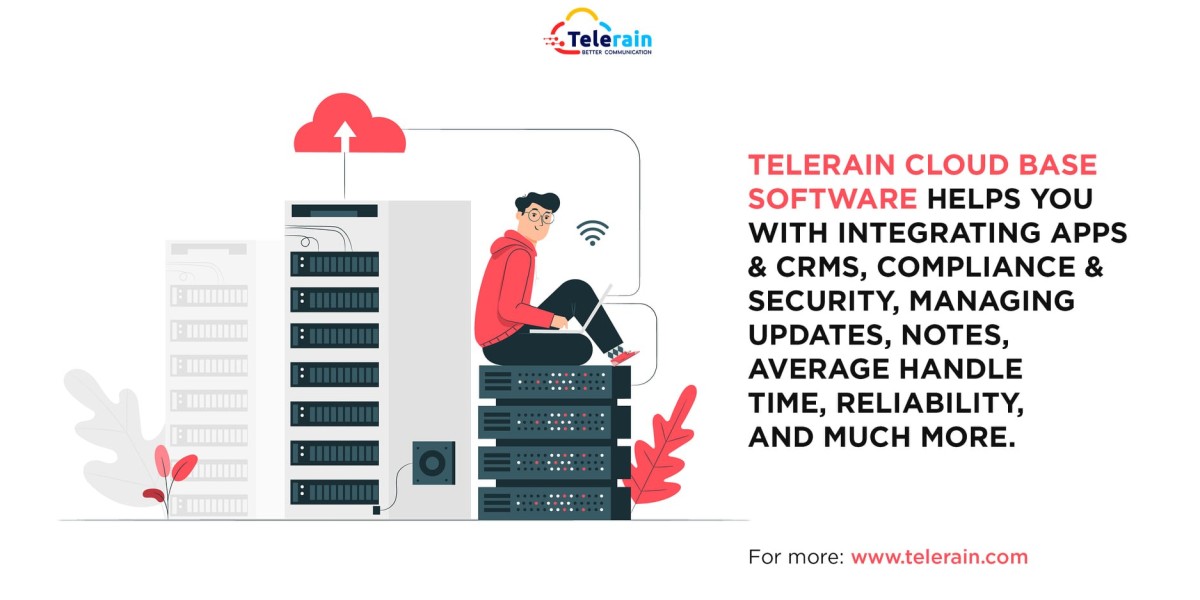Inbound call centers play a crucial role in delivering exceptional customer experiences and managing incoming inquiries, support requests, and sales inquiries. To ensure efficiency, productivity, and customer satisfaction, it's essential for inbound call centers to have a robust set of features and capabilities.
In this article, we'll explore the key features that are essential for effective inbound call center software operations.
1. Automatic Call Distribution (ACD):
Automatic Call Distribution (ACD) is a fundamental feature that efficiently routes incoming calls to the most appropriate agent based on predefined criteria such as skillset, availability, and priority. ACD ensures that customers are connected with the right agent quickly, reducing wait times and improving first-call resolution rates.
2. Interactive Voice Response (IVR) System:
An Interactive Voice Response (IVR) system allows callers to navigate through a menu of options using voice or keypad inputs before reaching a live agent. IVR systems can provide self-service options for common inquiries, gather caller information, and route calls to the appropriate department or agent, enhancing efficiency and reducing agent workload.
3. Skills-Based Routing:
Skills-Based Routing ensures that incoming calls are directed to agents with the relevant expertise to handle specific types of inquiries or requests. By matching callers with agents who possess the necessary skills and knowledge, skills-based routing increases the likelihood of resolving issues on the first contact and improves overall customer satisfaction.
4. Call Monitoring and Recording:
Call Monitoring and Recording features enable supervisors to monitor live calls in real-time and listen to recorded conversations for quality assurance and training purposes. Supervisors can provide instant feedback to agents, identify coaching opportunities, and ensure adherence to compliance and quality standards, ultimately enhancing service quality and agent performance.
5. Comprehensive Reporting and Analytics:
Comprehensive Reporting and Analytics capabilities provide valuable insights into call center performance, agent productivity, and customer trends. By analyzing key metrics such as call volume, average handling time, and customer satisfaction scores, call center managers can identify areas for improvement, optimize workflows, and make data-driven decisions to enhance overall operations.
6. Integration with CRM Systems:
Integration with Customer Relationship Management (CRM) systems enables agents to access customer information, interaction history, and preferences in real-time during incoming calls. Seamless integration with CRM systems empowers agents to provide personalized and contextually relevant support, leading to more meaningful customer interactions and higher satisfaction levels.
7. Call Queuing and Callback Options:
Call Queuing functionality manages incoming calls during peak periods by placing them in a queue and providing callers with estimated wait times. Additionally, offering Callback options allows customers to request a return call from an agent when they reach the front of the queue, reducing abandonment rates and enhancing customer convenience.
8. Omnichannel Support:
In today's omnichannel landscape, customers expect seamless support across multiple channels, including phone calls, emails, chats, and social media. Inbound call centers should be equipped to handle inquiries from various channels, ensuring consistency and continuity of service regardless of the customer's preferred communication method.
Conclusion:
Effective inbound call center software operations rely on a combination of essential features that optimize call routing, streamline workflows, and enhance customer interactions. By leveraging features such as Automatic Call Distribution (ACD), Interactive Voice Response (IVR), Skills-Based Routing, Call Monitoring and Recording, Comprehensive Reporting and Analytics, Integration with CRM Systems, Call Queuing and Callback Options, and Omnichannel Support, inbound call centers can deliver exceptional service, maximize efficiency, and drive customer satisfaction. Investing in these essential features is crucial for inbound call centers to thrive in today's competitive business landscape and meet the evolving needs of customers.



